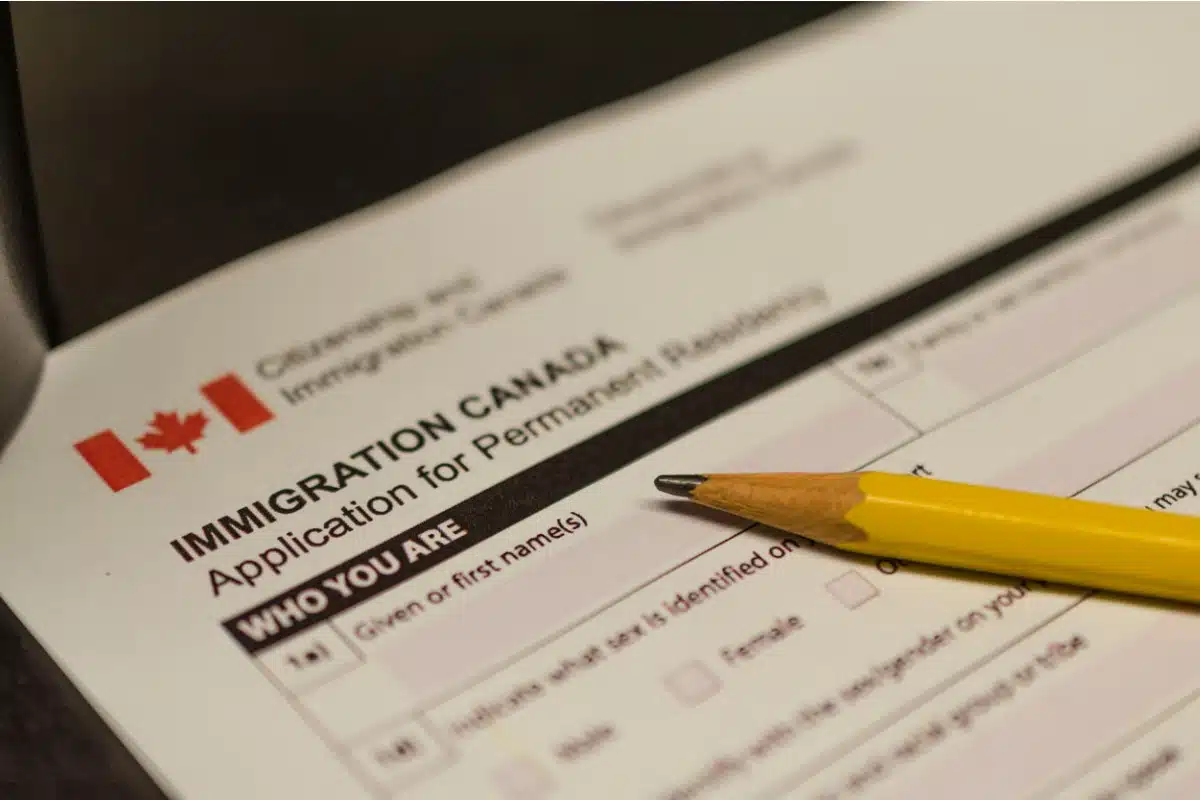Immigration Refugees and Citizenship Canada (IRCC) has visa processing offices worldwide.
Often, one office will be responsible for a region of the world and serve nationals of many countries.
This is meant to help expedite processing times but there is sometimes a disparity in office locations regarding how long it takes to process a visa.
Service standards and processing times
IRCC has different service standards that vary depending on the type of application. A service standard is a goal that IRCC sets for the time it should take to process an application. For example, all Express Entry applications received after July 2022 have a service standard of six months and temporary resident visas have a service standard between 60-120 days.
The service standard is different from the actual amount of time that IRCC takes to process applications. Applications not processed within the service standard for their program are categorized as backlog.
IRCC aims to process at least 80% of all applications within the service standard.
Why are there differences between processing offices?
IRCC says visa offices have different operating challenges depending on the country or region in which they are located. The IRCC FAQ page says applications may be moved between offices to make sure they are being processed as efficiently as possible.
The department says it may take more time to process an application if it is unclear or incomplete and IRCC needs more information from the applicant. In this instance, it can take additional time depending on how soon, and thoroughly, the applicant responds. It may also take more time to process an application if it is difficult to verify an applicant’s information, which is something that can also vary by region.
Other factors contributing to regional disparities
Resource allocation plays a significant role in regional disparities.
IRCC workforce demographic data from 2022 shows that only 2% of its workforce is located internationally, while over 55% are at IRCC’s national headquarters in Ottawa. This means that capacity in international visa processing offices is limited compared to those in Canada.
IRCC opened a new visa processing centre in the Philippines earlier this year and on May 4, Minister Fraser announced that the department is investing in a new processing centre in Islamabad, Pakistan.
When the centre opened in Manilla, IRCC said that adding processing capacity helps to accommodate the high volume of visa applications from around the world, as well as improves client service, making it easier for more people to come to Canada.
Another factor that can cause timing to vary is the type of application received. Some applications take longer to process than others. For example, at the time of writing, the IRCC processing time tool shows that study permit applicants outside of Canada will need to wait for an average processing time of seven weeks. Applying from inside Canada has a service standard of three weeks.
Conversely, according to the same tool, applying for the Express Entry Federal Skilled Worker Program from outside Canada can take up to 26 months.
How did the recent strike impact processing times?
The recent strike by the Public Service Alliance of Canada caused over 155,000 federal government employees to take strike action from April 19 until May 3. During this time, IRCC reported that applicants could expect delays in processing both new and in-progress applications.
Immigration Minister Sean Fraser told reporters in Ottawa that he estimates that 100,000 applications were not processed throughout the strike that otherwise normally would have been. However, he expects that it will not take more than a few months to get back on track to pre-pandemic service standards. He says this is because of measures already in place due to the COVID-19 pandemic which caused a backlog of applications that got as high as 2.7 million.
To get back on track following the pandemic, IRCC expanded the digitization of applications and hired over 1,000 additional staff. The minister told reporters that before the latest work stoppage, IRCC had gotten back to a pre-pandemic service standard for permanent residence, family reunification and federal economic streams through the Express Entry system. Study and work permits were “within one or two days” of the pre-pandemic service level.
The only stream where the minister said there was still a notable backlog was for temporary resident visas such as visitor visas. He says before the disruption the department was on track to get back to a 30-day service standard this summer.

